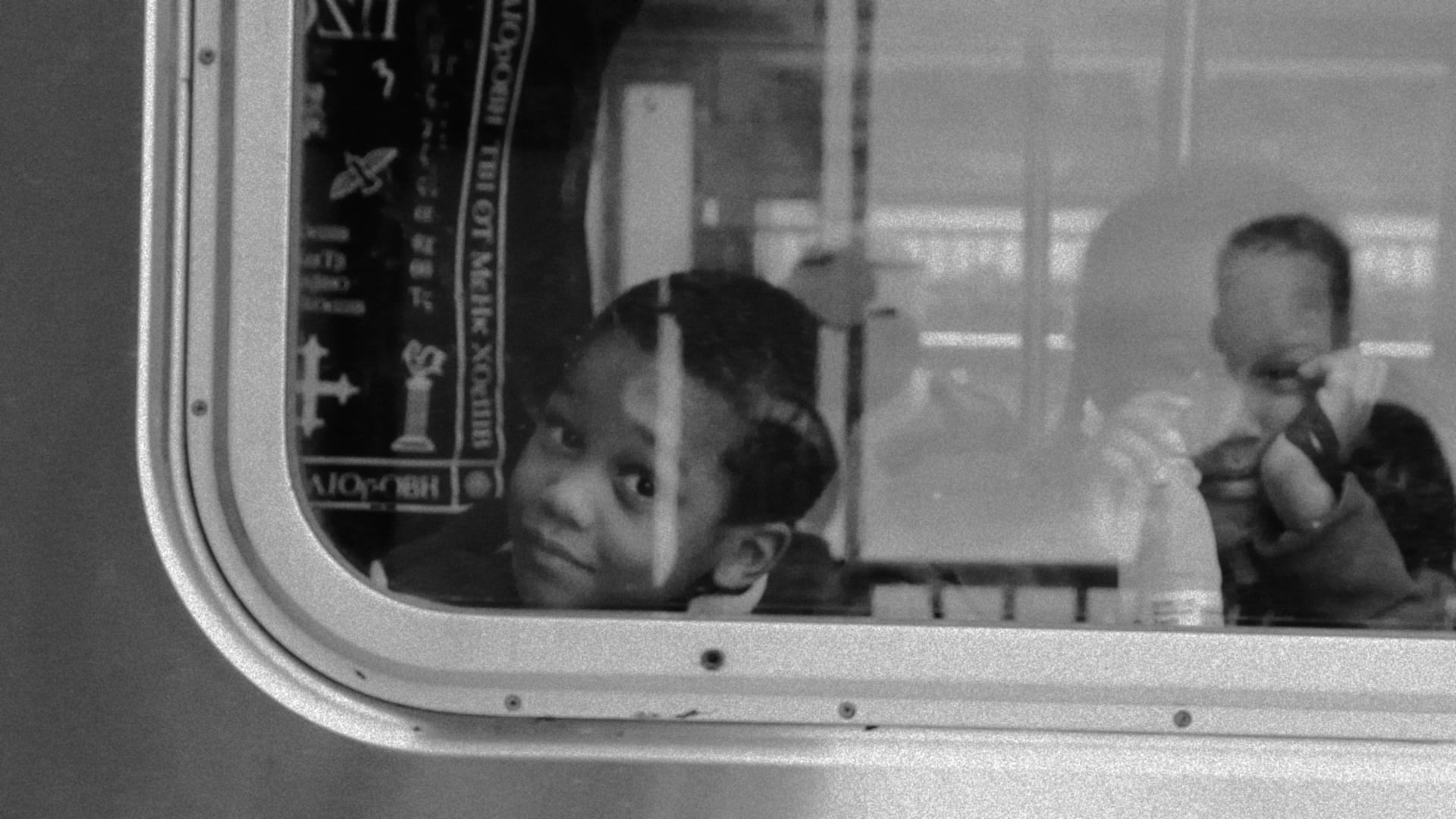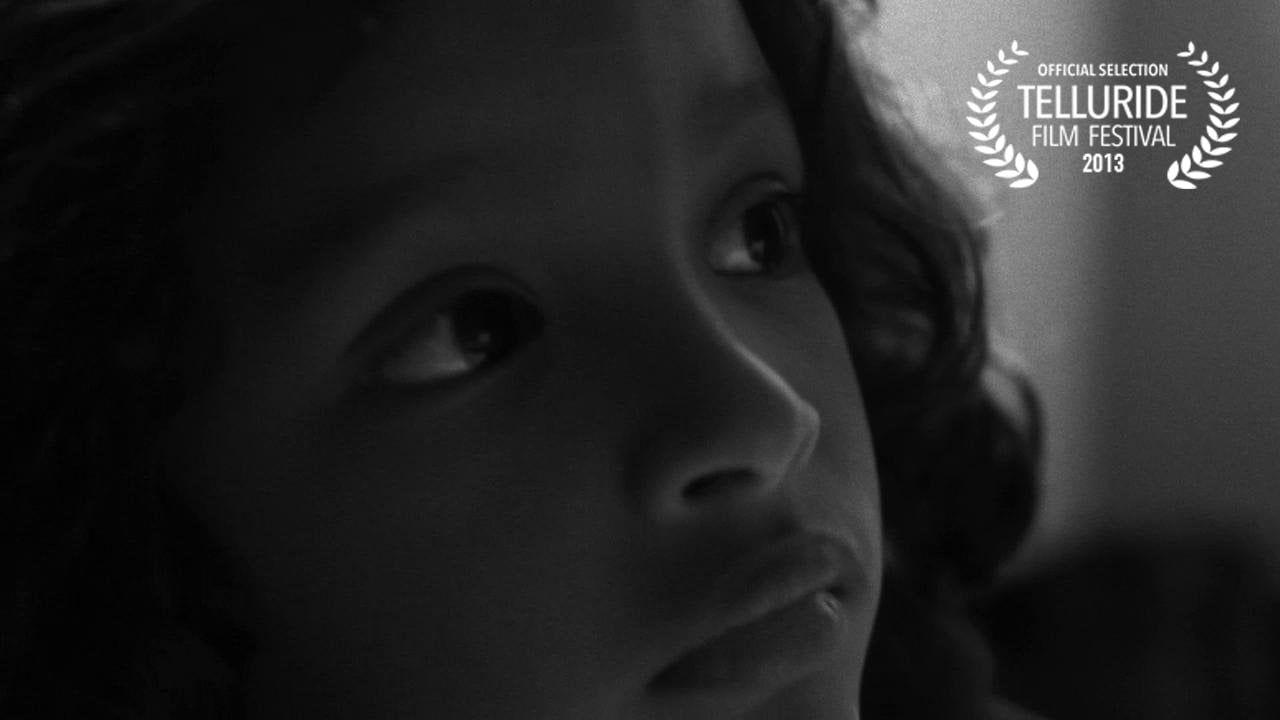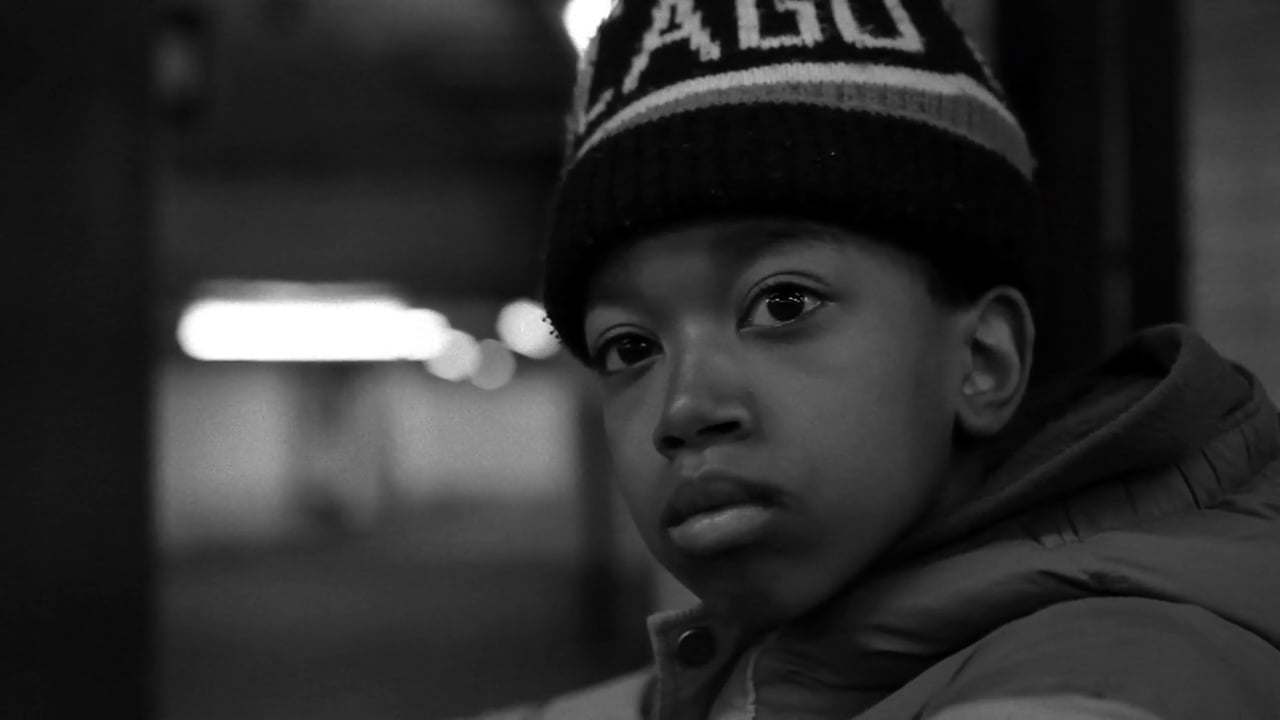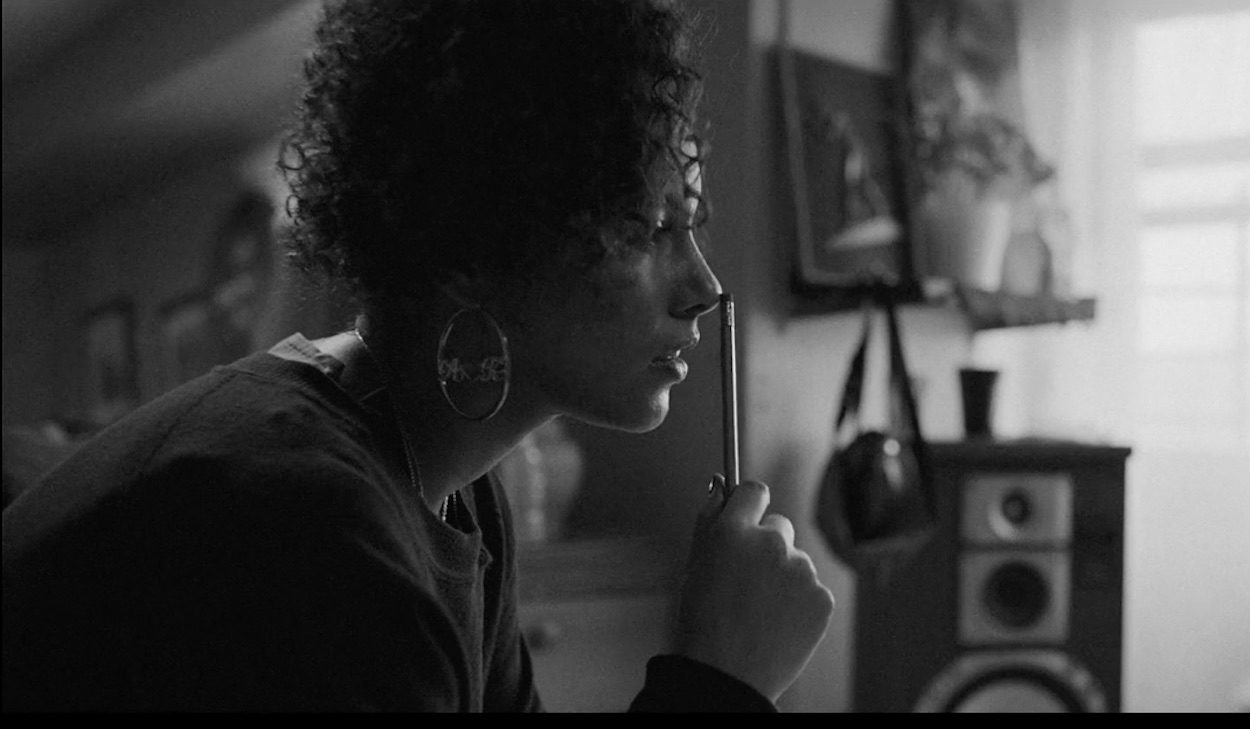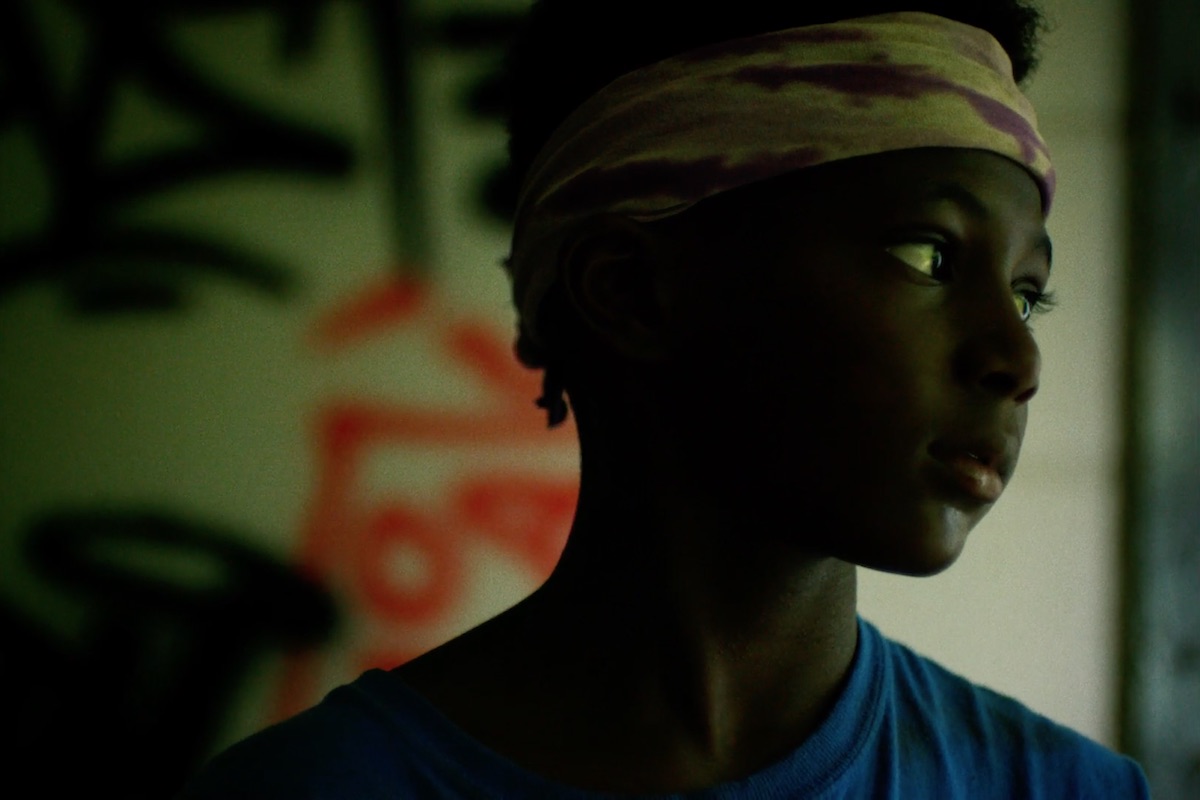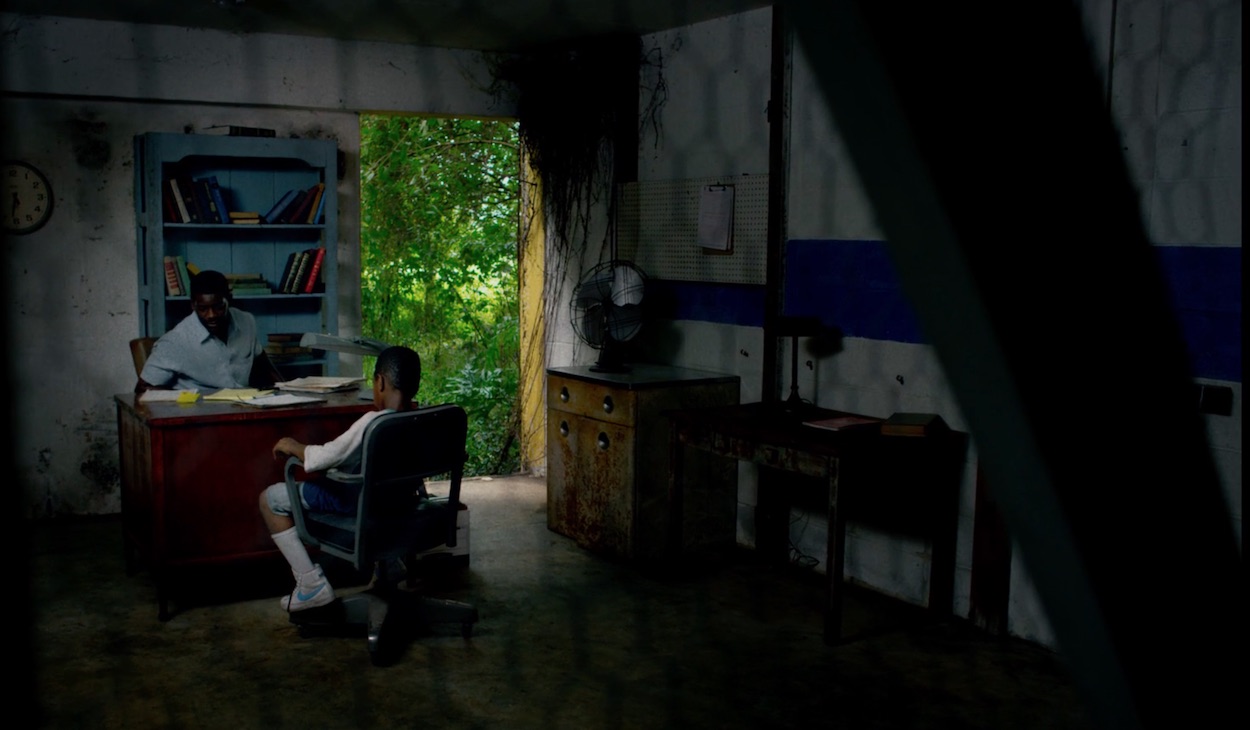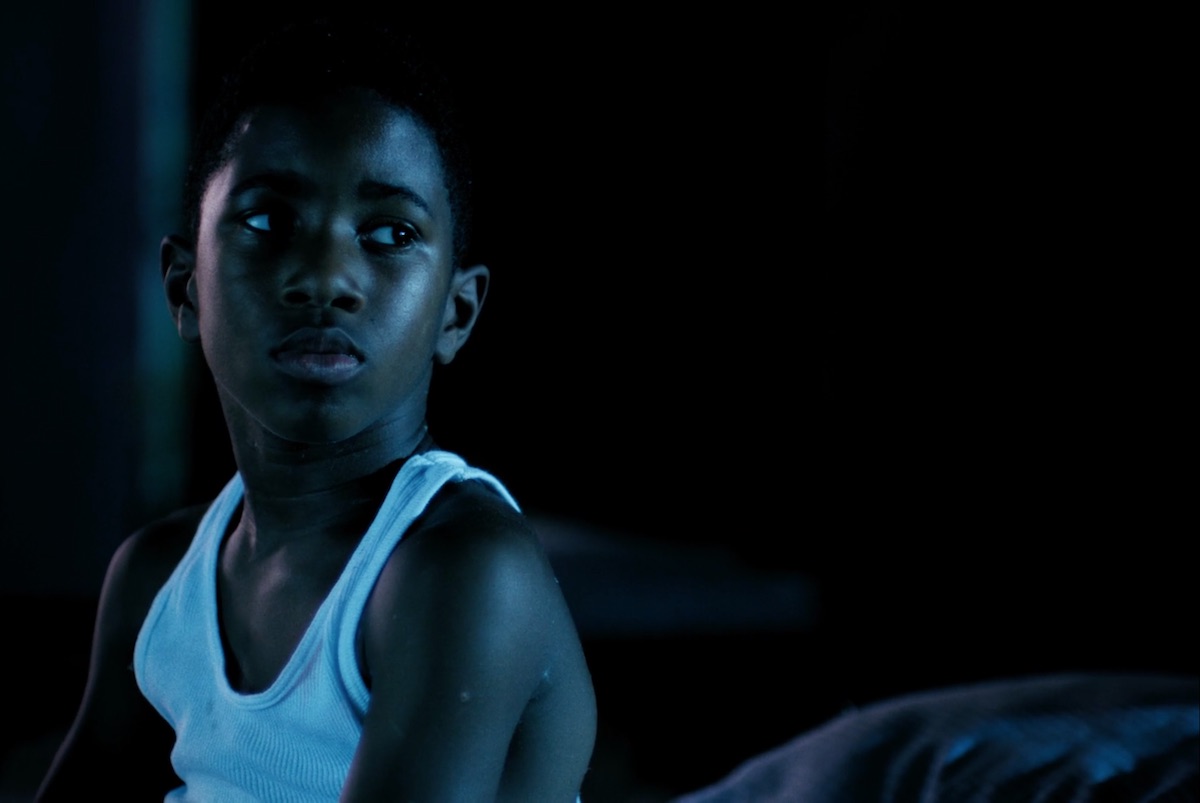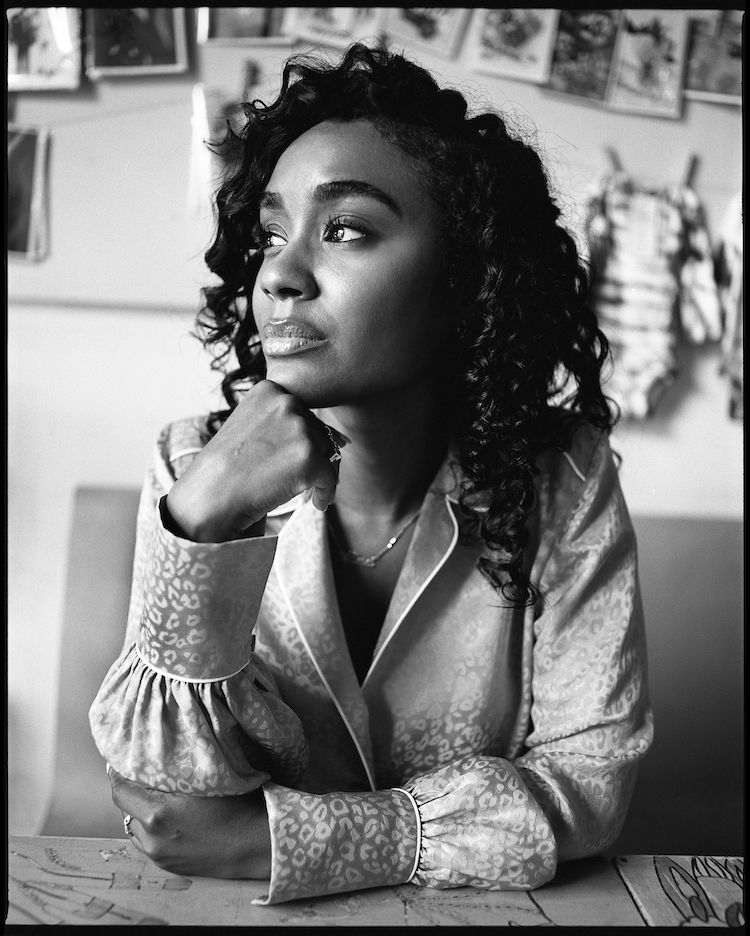
A.V. Rockwell © Gioncarlo Valentine
Tell us a bit about your filmmaking journey. What was your earliest exposure to the world of film, and were you interested in telling stories from a young age?
Growing up, my dream was actually to work in the music business. There was always a part of me that had a fascination with motion picture storytelling, but it was an elusive world. I had no connections, no exposure to what a filmmaking path looked like, or how the industry worked, so the majority of my attention was elsewhere. But I did believe that one day, as long as I held entertainment-related occupations, maybe I could eventually do something that cool. If I did something adjacent to films, television or music videos, maybe I’d luck up on the opportunity to jump behind the camera myself.
As a born and bred New Yorker, what was it like looking at the city through a documentarian’s eyes for Open City Mixtape, your series of shorts?
Gentrification and other forces were just starting to change the vibe of the city, so this project, in a way, was like a farewell to the era of New York I grew up in. My producer, Amy Collado, and I shared a deep love for our hometown and made our best effort to explore every inch of it, telling stories that would in one way or another touch each of the five boroughs. It was a lot of fun exploring the city in that way, and also cathartic.
All stills taken from A.V. Rockwell’s short film Feathers
In Open City Mixtape, the stark depictions of urban life are accentuated by the gritty black-and-white aesthetic. What led you to shoot in monochrome, and why did you choose to tell those stories through the prism of children’s eyes?
I centered many of the stories around childhood because I was letting go of my own childhood experience in the city. Black-and-white felt appropriate for the tone and brought a sense of unity to the body of work. It still surprises me that a lot of people consider black and-white to be provocative. To me it’s just another aesthetic like any other, no different than choosing a colour palette, in the sense that you go with whatever best serves the world of your story. I was also very influenced by Italian Neorealism at the time and the films of that movement had similar aesthetics and logistical constraints. Like many of those filmmakers, I wanted to approach my filmmaking in a way that felt naturalistic, but also feasible with little to no budget.
Following on from Open City Mixtape, your breakthrough short was 2016’s The Gospel in collaboration with Alicia Keys, a multi-layered tribute to both NYC and to strong women. What inspired the project, and how did you come to work with Alicia?
Alicia discovered Open City Mixtape, which really resonated with her. She wanted to create a New York-centric piece for her album, Here, so she approached me to see if I would be interested in collaborating. I was inspired by the music, stories she shared with me about her upbringing and also, what her outlook is on the world now. I was also moved by her process of making the album, which involved conversations with people in her life and letting those thoughts carry over into the music, so we continued that thread in the film. I tried to channel her creative process into the experience of the film as best as I could. I really appreciate Alicia for both trusting and challenging me. We share a lot of similarities, with regards to how growing up in New York City impacted our womanhood and creativity, so coming together on this felt very special.
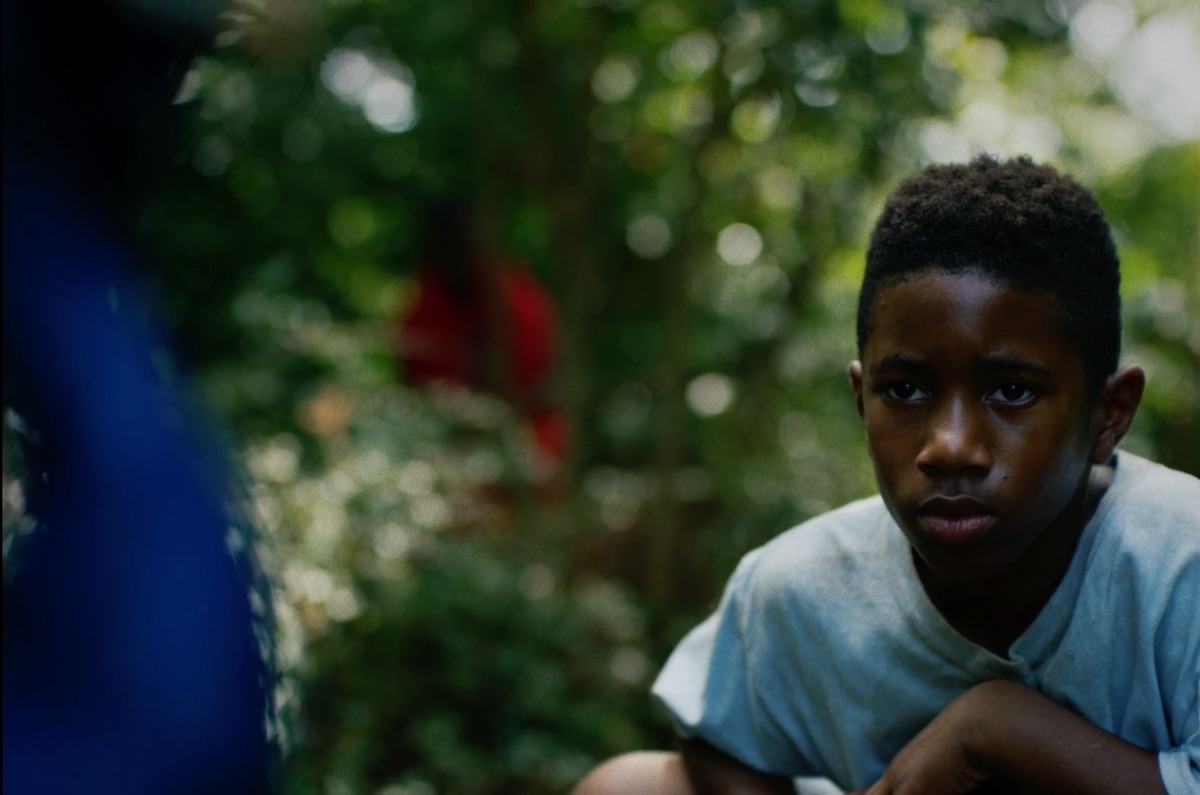
The performances of the child actors in Feathers, Kids and B.L.B are extraordinarily nuanced and natural – you clearly have a real aptitude for working with kids. What’s the knack to getting great performances from child actors, particularly non-professionals?
Not all of the children I’ve worked with have necessarily been non-actors, but even if someone doesn’t have a long list of professional credits, that’s not to say that they don’t have talent or great ideas to bring to the table. I give my child actors the same artistic respect I would give an adult. If I’ve casted them, they’ve already shown me that they’ve got what it takes for the role, so once we’re shooting, I just try to be the best coach; help them prepare. In the case of non-actors, I make sure they feel comfortable doing their thing in a production environment that’s so new to them.
You’ve described your short film, Feathers – which explores themes of racism, mental health and patriotism – as an “allegorical love letter to black men like my father, brother, and nephews”. Was this a narrative you’d wanted to explore for some time?
Yes, the generational trauma Black men experience due to racism is something that affected me profoundly over the years, and after observing how the tragic deaths of Philando Castile and Alton Sterling were handled, it gave me clarity on how I wanted to address it. Developing Feathers, I knew I wanted to tell a story about a group of children that felt abandoned, if not discarded by society, so amid the summer of those police shootings, I finally had the clarity on what kind of children would end up in this space and why.
What were the biggest challenges for you as a filmmaker in bringing both very personal, yet also far-reaching in its themes, to life on screen?
I had a strong vision in mind, but to accomplish this I had to remain nimble, adjusting to whatever challenges came with production and post. For instance, I had a clear idea of what I wanted the score to sound like as I was writing the screenplay, but had to throw that out once we were in post. It just didn’t feel right, so instead of forcing it, my editor (Carlos Arias), composers (Q Department), and I took advantage of the opportunity to get experimental. I’m glad we pushed ourselves in this way, because the resulting musical score is way more inventive. Pushing my creativity through exciting moments of collaboration like this is why I love filmmaking.
Although Feathers has a fictional narrative, both the home for lost boys and its guardian/founder were inspired by a real-life institution and individual, while Open City: Kids was inspired by a true story. How much are you inspired by real events and people, and what are your other sources of inspiration?
Filmmaking at best is personal, so I’ll always somehow be influenced by my environment and experiences. However, I love history and the lessons it can teach us about how handle the life we live today, so I’m open to pulling from the past as a resource. As we did with Open City: Kids, I’m open to adapting remarkable real-life stories, but overall I prefer original concepts. I love the process of creating characters I haven’t seen before. In addition to real life and history, I get inspiration from traveling, listening to music, and reading. Soaking up my environment, just taking in how people live and interact with each other is inspiring for me. I’m compelled by the exploration of why we do what we do and why we are the way we are.
What does the creative process look like for you?
I suppose it’s kind of messy. I always have a lot of ideas that then have to be distilled into a cohesive concept. I get excited about themes I find powerful, or questions that must be answered through the exploration of a story. I get excited to make things I feel like I haven’t seen before and I love creating characters that feel complicated, layered and not just simply good or bad.
Watching your work, I was struck by the use of music and sound – the unusual juxtaposition of classical music against the gritty visuals in Open City, and the lush, almost tangible soundscapes of birdsong and nature in Feathers. How important is the role of sound in your directorial vision?
Film is a great medium that allows me to inject other art forms I love, so I take advantage of that. I appreciate the power of sound, to emphasize what’s not being said. Music has always been a great love and source of inspiration. Before discovering filmmaking, I considered becoming a composer or songwriter, so marrying the two worlds in way that feels fun and inventive allows me to maintain that connection.
As a filmmaker of colour, what do you regard as the most important/pressing issues around race in the world of film and commercials specifically? Have you noticed any changes in light of the BLM movement?
Filmmakers of colour need equity and equality when it comes to access to storytelling opportunities and compensation for the work we produce. What’s beautiful about the times we’re in is that a lot of allies have now been committing themselves to self-reflection and accountability for how they may unconsciously continue to perpetuate racial injustice. These people, companies and institutions may have previously been against racism, but are now invested in unlearning deeply-rooted attitudes and practices that support it, so that they can actively become anti-racist across the board. They recognize that real change starts within and without that awareness, it’s impossible to truly dismantle systemic issues.
Often times, women and minorities are asked these kinds of questions, that encourage us to speak on the discrimination we face, which is important, relevant discourse. However, our privileged peers are barely ever asked to speak on this topic, sharing how they feel, what they are doing to make a difference, or if they agree that change needs to happen at all. They are able to keep conversations light-hearted and focused on their art, while marginalized artists are pushed to continue reliving our marginalization. So I hope this conversation becomes more broad and inclusive of all perspectives. In the meantime, it’s been great to see some of my non-black filmmaking friends committing to greater action on their own; using their privilege to make a difference and create the richly diverse landscape we will all benefit from.
Interview by Selena Schleh
A.V. Rockwell is represented by Somesuch

